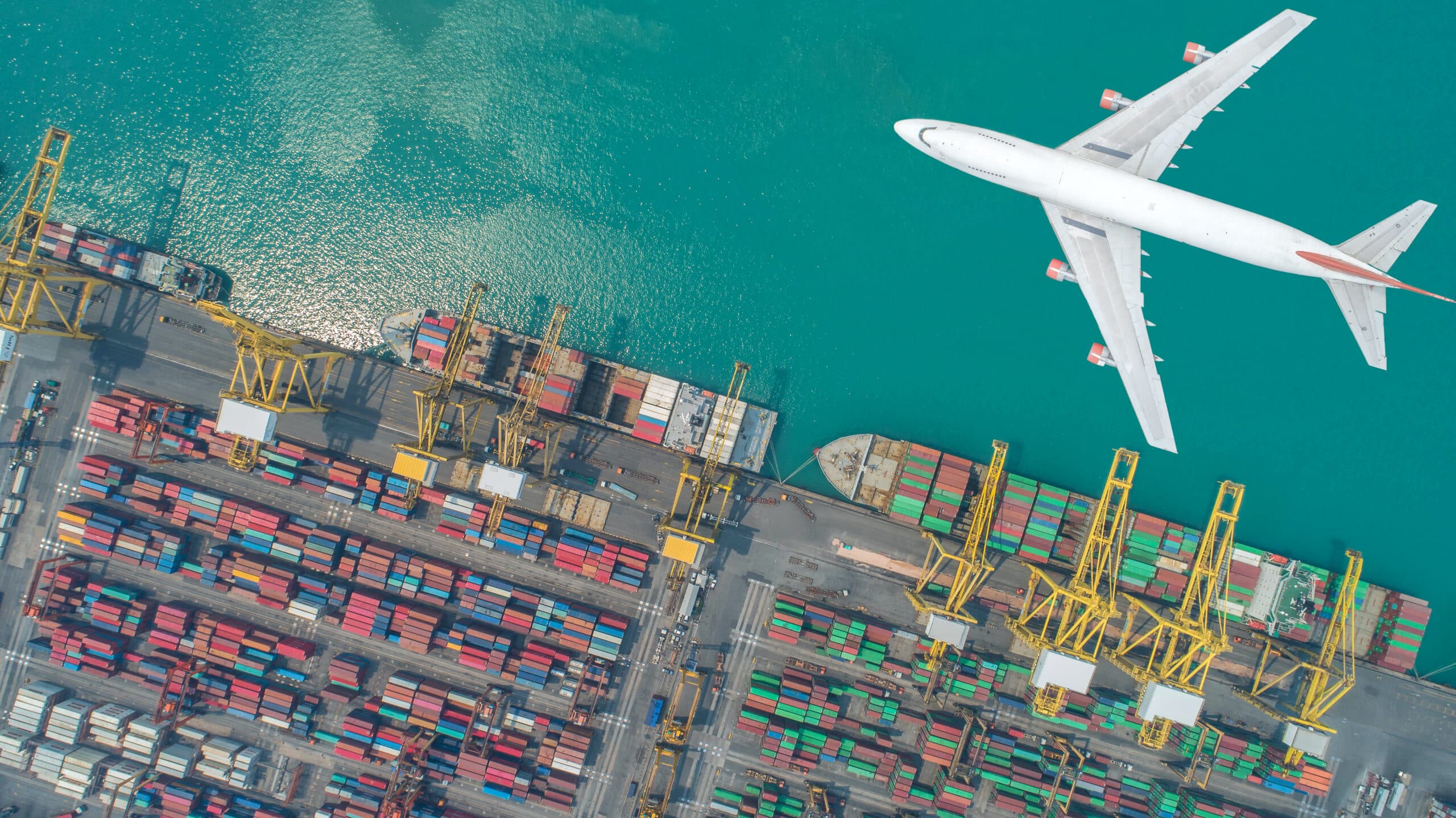In the fast-paced world of global trade, choosing the right shipping method can make or break your logistics strategy. Sea and air freight are the two most common modes of international transportation, each offering distinct advantages and trade-offs. In 2025, with rising costs, environmental concerns, and evolving customer demands, it’s more important than ever to make informed freight decisions.
In this blog, we compare sea vs. air freight in 2025, helping you determine the best solution for your business needs—whether you’re shipping bulk goods or time-sensitive parcels. We’ll also explore how Ocean and Air Logistics helps businesses make the smartest, most cost-effective shipping choices.
1. Cost Comparison: Sea Freight vs. Air Freight
Sea Freight:
- Generally cheaper for large or heavy shipments
- Lower cost per kilogram,
- Best for non-urgent goods
Air Freight:
- More expensive due to fuel and space limitations
- Premium cost for speed
- Cost-effective for small, high-value, or urgent shipments
Ocean and Air’s Take: We help you calculate total landed costs and recommend the most economical solution tailored to your shipment size and urgency.
2. Speed: When Time Is Critical
Air Freight:
- Delivers in 1–7 days globally
- Ideal for perishable, high-value, or urgent goods
Sea Freight:
- Transit times range from 14–45 days
- Suitable for inventory restocking and large shipments with lead time flexibility
Ocean and Air Solution: We offer both expedited air and scheduled sea freight, allowing you to match delivery timelines with customer expectations.
3. Shipment Size and Weight
Air Freight:
- Weight limits apply
- High cost for oversized cargo
Sea Freight:
- Ideal for bulk shipments, oversized machinery, and containers
- Full Container Load (FCL) or Less than Container Load (LCL) options available
How We Help: Ocean and Air provides flexible consolidation options, helping you choose between FCL, LCL, or hybrid models that save space and cost.
4. Environmental Impact
2025 Trends:
- Air freight produces more CO₂ per shipment
- Sea freight is greener per unit shipped
Sustainable Tip: Offset emissions by consolidating shipments and optimizing routes.
Ocean and Air’s Green Approach: We provide carbon-conscious routing options and collaborate with eco-friendly carriers.
5. Customs and Documentation
Air Freight:
- Quicker customs clearance
- Fewer delays at borders
Sea Freight:
- Involves more paperwork and can face port congestion
Ocean and Air Advantage: Our experienced team handles documentation and compliance, ensuring smooth clearance whether by air or sea.
6. Risk, Reliability, and Security
Air Freight:
- Lower risk of damage and theft
- More reliable delivery schedules
Sea Freight:
- Higher exposure to delays, piracy, or weather-related issues
Ocean and Air Promise: We offer cargo insurance and end-to-end tracking for both methods, giving you peace of mind from departure to delivery.
7. Flexibility and Service Options
With Ocean and Air Logistics, you don’t have to choose blindly. We provide:
- Multimodal transport options
- Custom routing based on your budget and delivery goals
- Expert advice to ensure every shipment is optimized for value and efficiency
Making the Right Choice in 2025
The decision between sea and air freight in 2025 depends on your priorities: cost, speed, environmental concerns, and shipment type. For bulk and budget-conscious shipping, sea freight is king. For speed and reliability, air freight wins.
At Ocean and Air Logistics, we don’t just move cargo, we help you make smarter logistics decisions. Whether your shipment demands urgency or cost-efficiency, we tailor solutions that align with your goals.
📦 Ready to choose the best freight option for your next shipment? Visit www.oandalogistics.com and speak to our logistics experts today.



2 thoughts on “Sea vs. Air Freight in 2025: Which is Better for Your Business?”
Comments are closed.